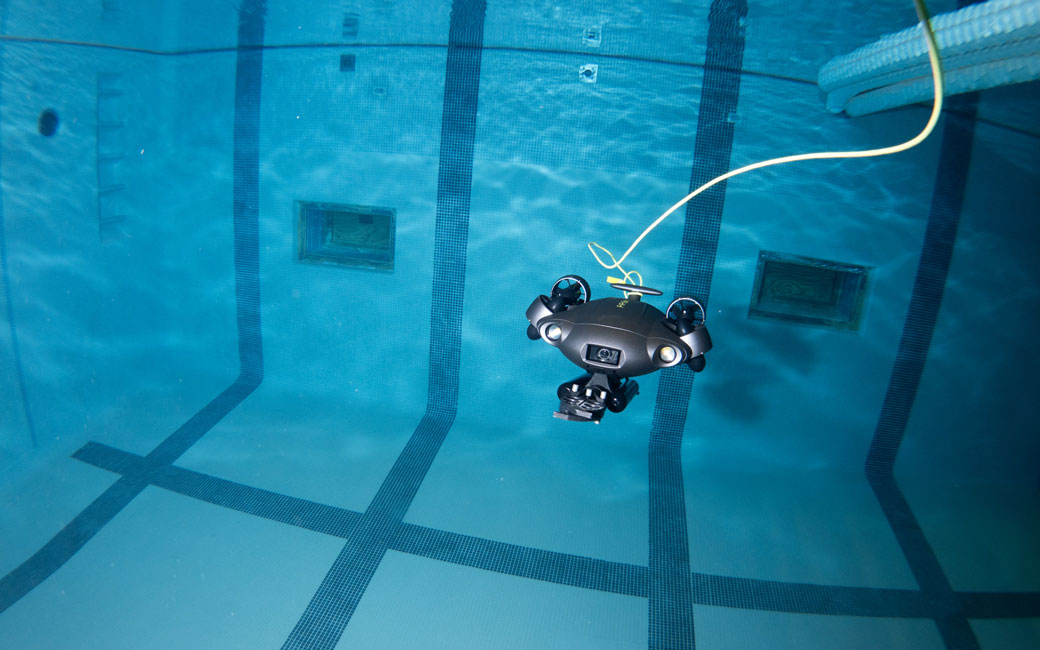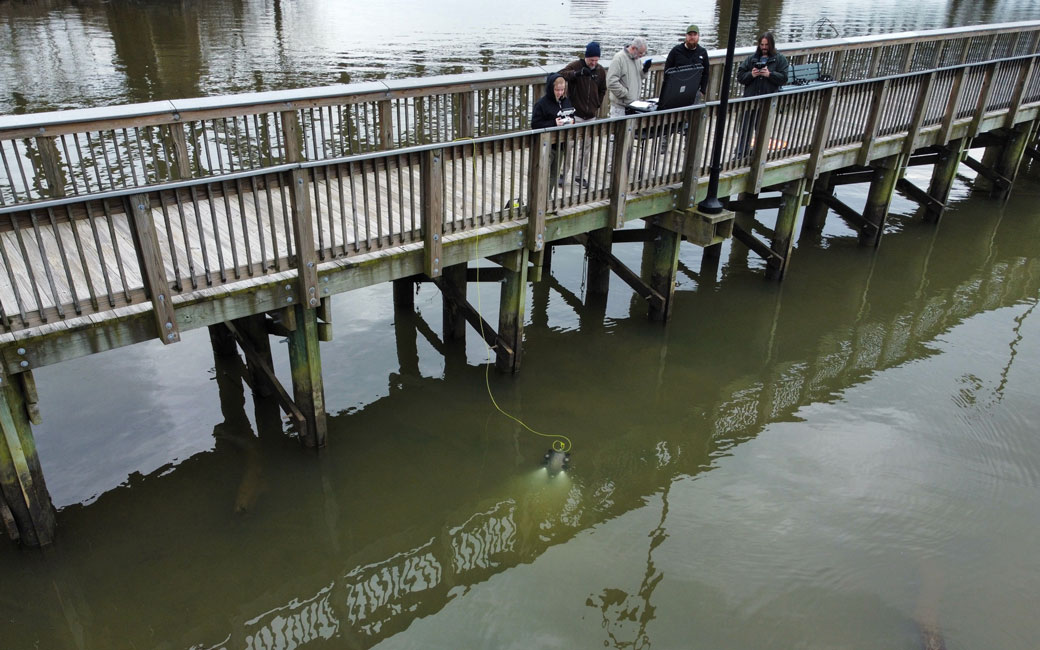TU-led research supports Maryland’s new Susquehanna River Rail Bridge Project
Faculty and students collaborate to share vital habitat information on the Maryland Northern Map Turtle with government agencies
By GRACE HOGGARTH '22 on April 23, 2024

TU-led research on the Northern Map Turtle will support an environmental study for the Susquehanna River Rail Bridge Project in Maryland’s Harford and Cecil counties.
Richard Seigel, professor emeritus, and Steven Kimble, clinical associate professor—both in the Department of Biological Science at TU—are working alongside students in the Fisher College of Science & Mathematics to assess alternative habitat solutions for the turtle during construction.
Given TU’s extensive research and conservation efforts for the Northern Map Turtle since 2008, engineering firms in charge of environmental compliance on this project reached out to TU for support.
The Susquehanna River Rail Bridge Replacement Program is a collaboration between the U.S. DOT Federal Railroad Administration, the Maryland Department of Transportation and Amtrak. Since April 2023, Seigel and Kimble have received funds from the HNTB Corporation (#5040825) via these organizations, totaling $171,540. The bridge will improve commute efficiency through the Northeast corridor with the hope of getting more drivers off the road and into the most climate-friendly transportation option.
Seigel and Kimble’s role in the study is to ensure the region where the already endangered turtles spend the winter months is equipped with the right tools to maintain their health throughout the construction process.
“Turtles need more champions. Reptiles and amphibians are the most threatened vertebrate group on the planet—from climate change, habitat loss and pollution to being traded in the food trade,” says Kimble. “They need more help, so I’m glad to be the one stomping around on the Susquehanna River.”
Northern Map Turtles get their heat energy from the sun rather than food by basking on rocks and logs to keep warm and recharge, especially as they prepare to lay eggs.
Winter is when the turtles are least active. So disturbances like sound or movement from outside forces, like construction, can disrupt their hibernation during the winter months.

As turtles are harder to detect during the winter, Seigel and Kimble hired two students to test and operate an underwater drone with the task of locating and observing hibernating turtles.
The professors, with the help of two additional students, are testing the use of artificial basking platforms to determine if they will be suitable alternative habitats for the turtles should construction disrupt them.
These platforms are meant to mimic the natural basking resources turtles use and are anchored in place in the river. They float with the fluctuation of water levels, which is key given that half of the Maryland portion of the Susquehanna River is below a hydroelectric dam, and water levels shift frequently.
From testing the efficacy of artificial basking platforms and using an underwater drone to working with professional scuba divers and conducting observations with spotting scopes and binoculars, the four students will graduate with uncommon hands-on experience.
“Students are learning all kinds of things with this work. They’re getting marketable field skills, and they’re learning how to collect data in the field despite adverse conditions,” says Kimble. “No two days in the field are ever the same. They’re learning to be independent and to get good data that are useful in telling us if these platforms are good for mitigation.”
Throughout TU’s research on the Northern Map Turtle over the last decade, five graduate students and 25 undergraduate students have aided in various research projects. The students’ contribution to this environmental study will not only help inform a statewide initiative but will also set them apart from other applicants in a competitive job market.
“This is one of the things TU prides itself on. The undergraduate students that Steve is working with are working with him very closely,” says Seigel, “This is a great opportunity, and we always make the point to our biology and environmental science majors that this kind of experience is what makes the difference.”
Matthew Nugent, dean of the Fisher College of Science & Mathematics, is pleased with the academic opportunities this project has provided students. “This project is a wonderful example of how our TU faculty are integrating teaching and research to enhance student learning while also making an important real-world impact.”
The Susquehanna River Rail Bridge is anticipated to begin phase one of construction in 2025.
GET INVOLVED
Port Deposit-TU
The Fisher College of Science and Mathematics offers a wide array of internship opportunities across all disciplines. Learn more about the Port Deposit-TU Northern Map Turtle Station and its internship opportunities.